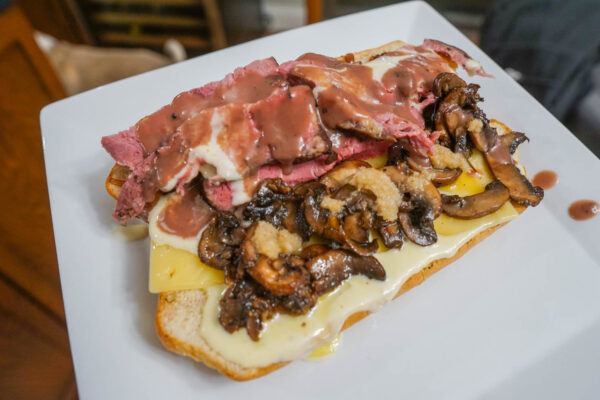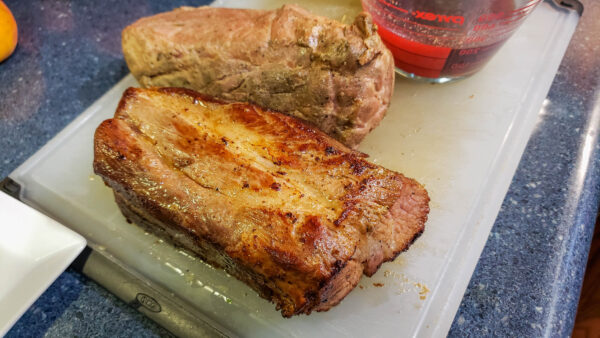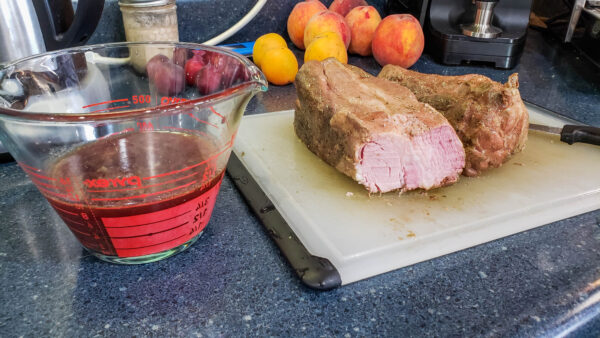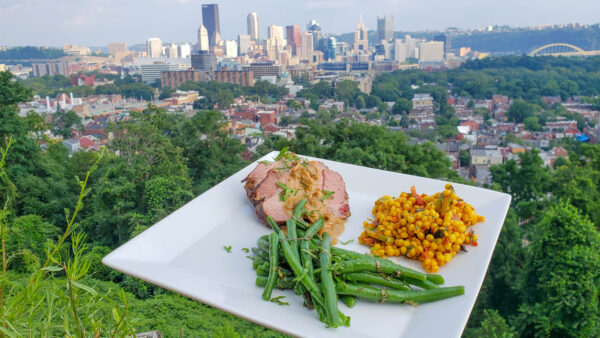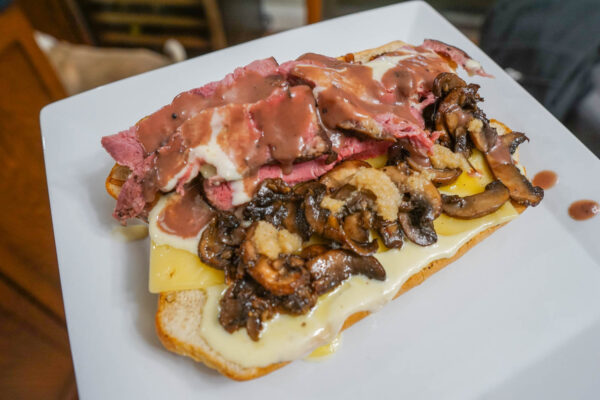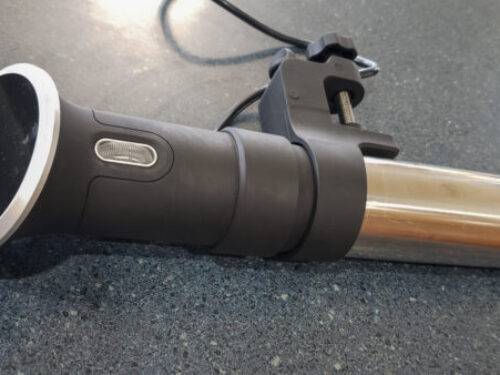Disclaimers: Our site uses demographic data, email opt-ins, display advertising, and affiliate links. Please check out our Terms and Conditions for more information.
For years, whenever we bought partial pigs and cows from local farms and butchers, we always dreaded cooking the roasts. Perhaps it was bad childhood memories of overcooked roasts (a staple growing up, really), or perhaps that I'm simply partial to other cuts of meat. Either way, when I started stocking my own kitchen these were never a priority item I sought out to cook.
That is, until we got our sous vide.
Gone are the days of dried-out roasts that were burnt in the oven and now we can prep a roast the way we love it every single time. But to make these you're going to have to plan for a bit of time, as our roasts can take from 36-48 hours to cook to a perfect medium rare!
36 to 48 Hour Sous Vide Roasts Are the Way to Go
Now, you may be asking yourself- don't most safety guidelines recommend meat be cooked above 140 °F (above medium rare territory) to be kept within conventional safety standards?
The answer is, of course, yes. But general consensus is that you can get around this in sous vide for two key reasons.
First, for our long sous vide cooks, we tend to do a reverse sear on the meat prior to adding it into the vacuum bag. Not only is this said to help lock in the juices (slightly- long sous vides will lose a lot of liquid when it is cooking as shown in the image below) it may also be good for helping kill any surface bacteria that could be found on the meat. Less bacteria on the surface helps lower the odds of it growing when cooking.
Second, long cook times at low temperatures start getting into pasteurization territory. The simple explanation for pasteurization is that bacteria is killed by the application of heat over time. In the case of searing, bacteria is killed almost instantaneously when it is hit with extreme heat like those in a cast iron. Any bacteria that could be found internally is also killed quickly as the meat comes up to temperature (hence the safety standards above).
But pasteurization is a process of killing bacteria at far lower temperatures. Here, you trade extreme heat for time and, when done correctly, has the same end result. Many pasteurization charts exist online, but the general consensus is that as you approach lower temperatures (say, medium-rare territory for beef or pork at 130-135 °F), bacteria can still be killed at these temperatures- it will just take hours instead of seconds.
When reviewing pasteurization charts, generally speaking, most roasts will have a recommended cook time on the order of hours at 130-135 °F (variable based on thickness). Apply the right amount of heat, for a specific period of time, based on thickness, and odds are good you'll have meat that is safe to eat.
We do our roasts long (36-48 hours) for two additional reasons. This is sufficiently long such that we know our 3-5″ cuts of meat should be pasteurized outright but also that meat tends to break down with longer and longer cooks. This is helpful for most cuts of meat, especially those prone to being tough, because you'll end up with a final product that is almost like butter.
Tender meat, perfectly cooked, safe to eat, and not overdone in the slightest? We are all about that.
So, how do we cook our roasts? We actually go pretty simply here. Season your cut of meat generously with salt and pepper on all sides, reverse sear briefly, and put into a vacuum bag with a tablespoon of butter, some herbs (thyme and rosemary work well), and a couple of crushed garlic cloves. Once done, sear one more time in a cast iron with butter (and additional herbs and garlic- option) just to get extra flavor as well.
Keeping it simple with roasts is the way to go if only because you can have some strong versatility with what you do with it after the fact as a 3-5 lb roast can likely last for many meals. Sautee some mushrooms with seasoning, herbs, and a wine deglaze? Makes a great sauce on thick cuts of roast. Slice the meat thinly to use on sandwiches? Our favorite use of leftovers. Eat it straight up without a sauce? Yep, that'll work too.
The sky really is the limit here, and this is why we love the versatility of cooking roasts in sous vide. When they are cooked properly (read: tender and safe to eat) they really become a great canvas for you to get creative with your recipes!
Do you sous vide roasts at home? Share your favorite way to prepare them below!
Read More About Sous Vide
Want to learn more about sous vide cooking? Check out some of our top posts:

